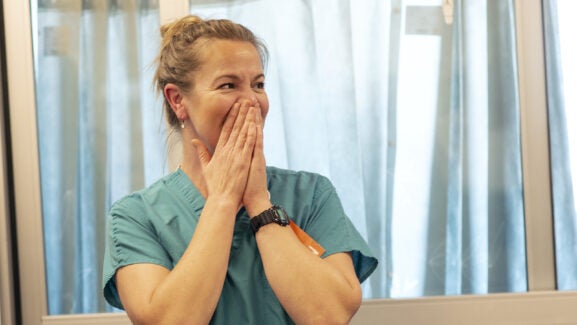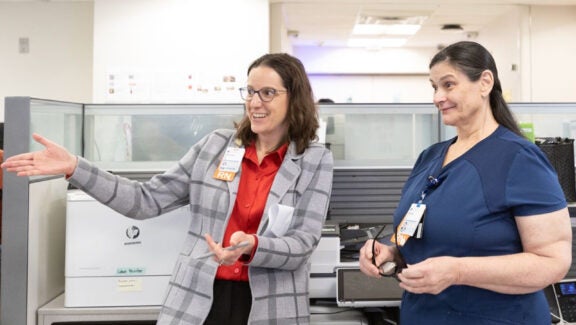

Roger Anderson, PhD
UVA Professor Receives $1 Million Grant for Breast Cancer Study
Roger Anderson, PhD, associate director for population sciences at the UVA Cancer Center and professor of Public Health Sciences, is part of a research team that has received a $1 million Research Scholar Grant from the American Cancer Society for a study that will examine breast cancer screening rates in the rural Appalachian region. In collaboration with researchers from Boston University and Penn State University, Anderson will examine how the policies, practices and resources of mammography screening facilities affect screening rates and breast cancer incidence among women in the region’s underserved counties.
The team, which began the five-year study in January, will collect survey data on the organizational structure of more than 300 mammography facilities and will compare that information with healthcare claims data from more than 1.2 million women who receive Medicare or Medicaid insurance in the Appalachian region. By studying factors such as wait times, hours of operation, community outreach and scope of services, Anderson and the team hope to identify the structural features of these facilities that can reduce poverty-linked disparities in breast cancer screenings and mortality.
“This study is a great opportunity to understand how organizational practices and policies impact mammography screening rates in underserved areas,” Anderson said. “Our team looks forward to finding out what both low- and high-performing organizations are doing, or what they’re not doing, that may be influencing screening rates in each of their communities.”
Older women in rural areas can benefit the most from breast cancer screenings, but data shows that this population underuses these services. In Appalachian states, as many as 50 percent of women aged 50 and older lack access to these recommended screenings, compared with 30 percent of the same population nationwide. Reasons for this disparity are unknown, but Anderson’s study is unique in that it is rooted in organizational theory.
“The novel part of our research is that no one has really looked at these organizations,” Anderson said. “We’ve looked at individual characteristics, such as race, and we’ve looked at different types of approaches to screenings, but this study is really focused on the screening facilities’ structure and practices, and how those in turn impact screening rates.”
Latest News



